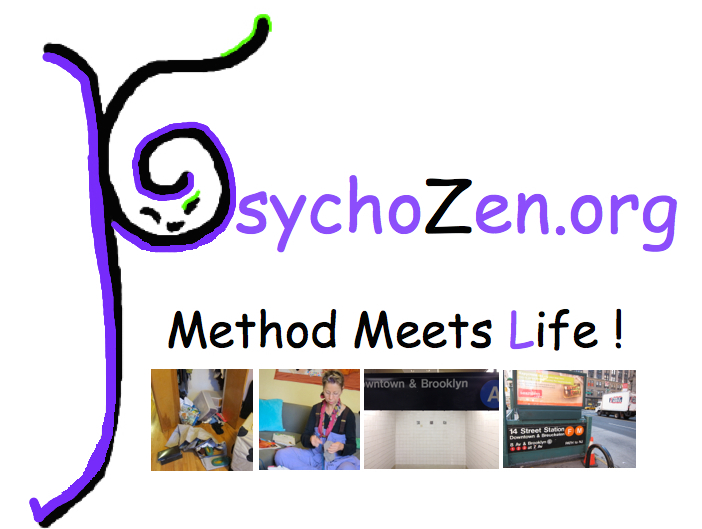Focus
 Monday, May 20, 2013 at 12:28PM
Monday, May 20, 2013 at 12:28PM  It has been said that Happiness is Attention. Just the act of focusing creates a sense of well-being and calm, and has the side effect of producing accomplishment, which in turn puts a little kick in your dopamine, creating more pleasure for you.
It has been said that Happiness is Attention. Just the act of focusing creates a sense of well-being and calm, and has the side effect of producing accomplishment, which in turn puts a little kick in your dopamine, creating more pleasure for you.
When people think of focus, they tend to imagine a tight, narrow lens where the periphery is irrelevant. But for those of us with a strong propensity for associations, an unceasing effort to maintain narrow focus is exhausting. We need to allow connections to happen, and then channel them toward a purpose. So,
Step 1
When you are sure you are doing the right thing, commit yourself. Set an intention to work on just this, for just this period of time. All associations during this period will serve your goal. The clearest example of this for me is the clinical hour. I train myself to put my client’s life at the center of my focus, but the focus is not tight. I associate to other things I know about her or him, to things I have read, to my own experiences, and to my emotions at the moment. All those things serve the goal of helping the person who has hired me.
Step 2
Set up the field. Before you start work, put the main thing and all the stuff that is related to the main thing in front of you. Try to clear out unrelated stuff. Random associations are what we call distractions. If something drifts into your field, there are a few ways you can handle it. For example, I accidentally left out a post-it “insulate the bathroom window,” and my eyes kept landing on it. I decided to make a jot bucket, a repository of thoughts to which I can say: ‘not now.’ You can also use it toward your goal, if your project is open and creative. Last, you can decide that, actually, this new thing is more important than what you started with. This should be very, very rare.
Step 3
Enjoy the varieties of focus. Feel yourself pulling forward and narrowing when you are completing a finite task. Feel yourself pulling back and exercising patience and curiosity when you are engaged in an infinite task—work that does not have an explicit finishing point. You will know whether you are using the right focus by observing the tension in your body. Gnashing your teeth, for example, might be an indicator that it’s time to pull back.
You’re done. Stop. Rest.
 Focus
Focus 
Reader Comments